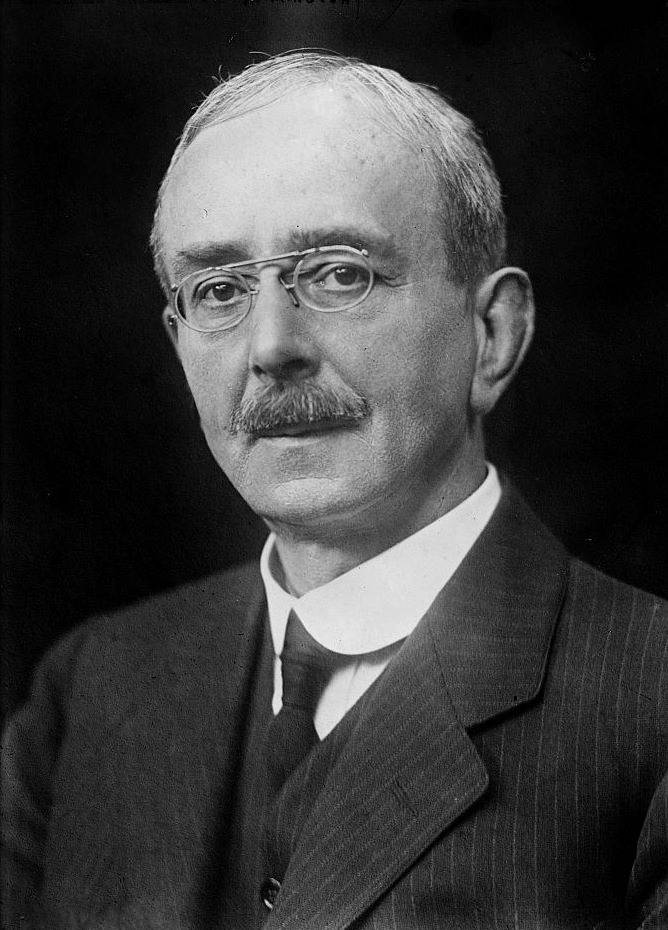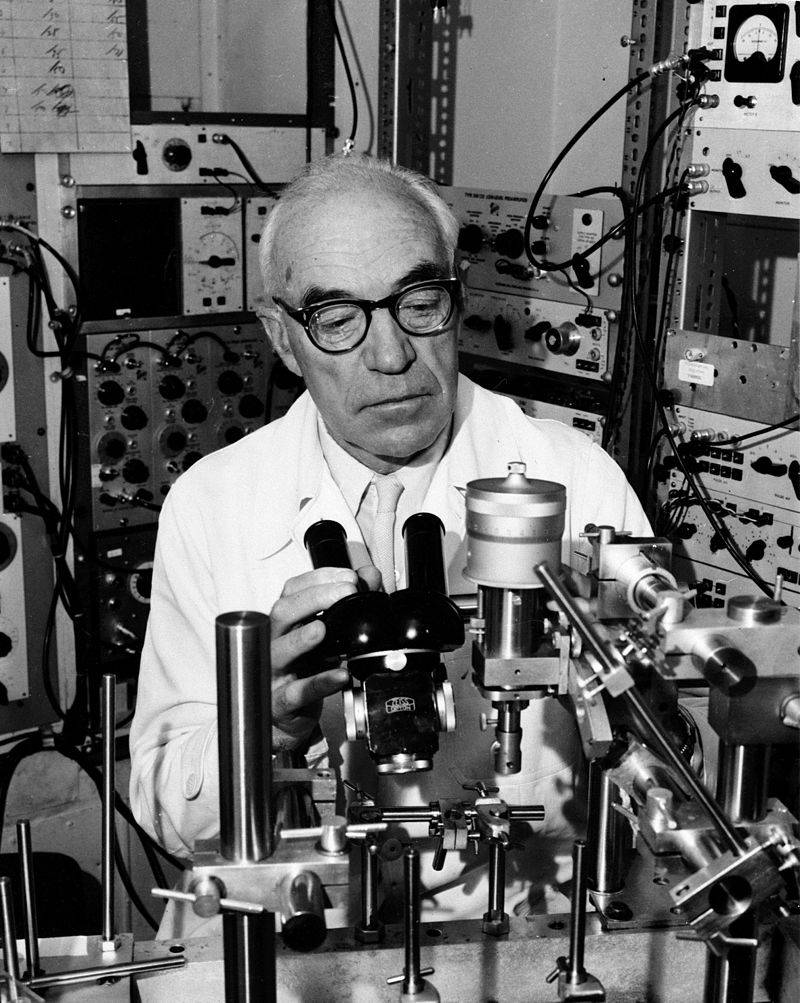Pioneer Neuroscientists Believed the Mind Is More Than the Brain
A number of them were Nobel Laureates and their views were informed by their workIn a podcast discussion with Walter Bradley Center director Robert J. Marks, neurosurgeon Michael Egnor talks about how many famous neuroscientist became dualists—that is, they concluded that there is something about human beings that goes beyond matter—based on observations they made during their work [4:24 min].
A partial transcript follows:
04:24 | Wilder Penfield on the soul and the spirit
Robert J. Marks: What did the research of one of your fellow neurosurgeons, in history, Wilder Penfield, tell us about the soul and the spirit?
Michael Egnor: Wilder Penfield (1891–1976) was one of many neuroscientists who was a dualist. In fact, many of the greatest neuroscientist in history have been dualists…
04:47 | What is a dualist?
Robert J. Marks: Could you just briefly, in a sentence, explain what a dualist is again?
Michael Egnor: Sure. A dualist is someone who believes that some aspect of the mind is not material. That is, that there is something above and beyond brain matter that constitutes the human mind.

Sherrington (right), who was really the original pioneer of neuroscience, worked back near the beginning of the twentieth century was a dualist, as was Dr. Penfield, whom I will talk about momentarily.
Note: Charles Scott Sherrington (1857–1952) won the Nobel Prize, along with Edgar Adrian, for Physiology or Medicine in 1932. “His investigations of nearly every aspect of mammalian nervous function directly influenced the development of brain surgery and the treatment of such nervous disorders as paralysis and atrophy. Sherrington coined the term synapse to denote the point at which the nervous impulse is transmitted from one nerve cell to another.” – Britannica
If it is mind that we are searching the brain, then we are supposing the brain to be much more than a telephone-exchange. We are supposing it to be a telephone-exchange along with subscribers as well.”
Charles Scott Sherrington, “Man On His Nature” at (p. 178), 1942.
Michael Egnor: And there was John Eccles in the 1960s, a Nobel Laureate who was a passionate dualist. (John Eccles, below, in 1963, CC by 3.0)

Note: John Eccles (1903–1997) won the Nobel Prize for Medicine or Physiology in 1963, along with Alan Hodgkin and Andrew Huxley. “Eccles’s research, which was based largely on the findings of Hodgkin and Huxley, settled a long-standing controversy over whether nerve cells communicate with each other by chemical or by electric means. His work had a profound influence on the medical treatment of nervous diseases and research on kidney, heart, and brain function.” – Britannica
We regard promissory materialism to be as superstition without rational foundation. The more we discover between mental phenomena and the more wonderful do both the brain events and the mental phenomena become. Promissory materialism is simply religious belief held by dogmatic materialism.
John Eccles and Daniel Robinson, The Wonder of Being Human, 1984, p. 36
Michael Egnor: Other neuroscientists like Roger Sperry and Benjamin Libet, these are neuroscientists of the top rank who were dualists.
Robert J. Marks: And it’s interesting that they maintained this position because of their neurosurgery experience…
Note: Roger Sperry (1913–1994) won the Nobel Prize in Physiology or Medicine, along with David Hunter Hubel and Torsten Nils Wiesel. “His studies demonstrated that the left side of the brain is normally dominant for analytical and verbal tasks, while the right hemisphere assumes dominance in spatial tasks, music, and certain other areas. The surgical and experimental techniques Sperry developed from the late 1940s laid the groundwork for much more specialized explorations of the mental functions carried out in different areas of the brain. – Britannica ”
When the brain is whole, the unified consciousness of the left and right hemispheres adds up to more than the individual properties of the separate hemispheres.
Roger Sperry, ““New Mindset on Consciousness” at Sunrise (December 1987/January 1988)
See also: Four researchers whose work sheds light on the reality of the mind, where you will find a discussion of the work of Benjamin Libet (1916–2007).
Show Notes
00:46 | Introducing Dr. Michael Egnor, Professor of Neurosurgery and Pediatrics at State University of New York, Stony Brook
01:18 | Non-overlapping magisteria (NOMA)
01:58 | Is there a soul?
02:42 | The soul vs. the spirit
04:24 | Wilder Penfield on the soul and the spirit
04:47 | What is a dualist?
06:47 | Open brain operations
08:25 | Penfield’s first line of reasoning for dualism
09:56 | Penfield’s second line of reasoning
11:14 | Penfield’s third line of reasoning
Note: In the earlier part of the discussion, Dr. Egnor talked about the difference between “soul” and “spirit,” noting that, loosely speaking, the soul is the principle of life in a body and the spirit refers more to the immaterial aspects of the soul, which are the ability to reason and the ability to make decisions based on reason. A partial transcript is available here.
Next: Wilder Penfield offered three reasons for believing the mind is not merely the brain
Here are some of Michael Egnor’s thoughts on theories of consciousness:
Tam Hunt offers some ideas at Scientific American but his dismissal of objectivity is cause for concern. There is a better way. Hunt is right that the scientific study of consciousness using merely third-person objective data is flawed—it is the idiotic flaw of behaviorism—but the notion that “objective” data needs scare quotes opens the door to a deconstruction of our knowledge of the natural world that is every bit as idiotic and dangerous as the crude materialist objectification of consciousness.
Why eliminative materialism cannot be a good theory of the mind. Thinking that the mind is simply the brain, no more and no less, involves a hopeless contradiction. How can you have a proposition that the mind doesn’t exist? That means propositions don’t exist and that means, in turn, that you don’t have a proposition.
Why the mind cannot just emerge from the brain. The mind cannot emerge from the brain if the two have no qualities in common. In his continuing discussion with Robert J. Marks, Michael Egnor argues that emergence of the mind from the brain is not possible because no properties of the mind have any overlap with the properties of brain. Thought and matter are not similar in any way. Matter has extension in space and mass; thoughts have no extension in space and no mass.
and
The mind’s reality is consistent with neuroscience. A neglected “dualist” theory offers some insights. Neurosurgeon Michael Egnor thinks that the explanation of the relationship of the mind to the brain that best fits today’s neuroscience is that certain powers, particularly the intellect and will, are not generated by matter but are immaterial. However, other properties of the mind, like perception, memory and imagination are physical, generated by brain matter.
